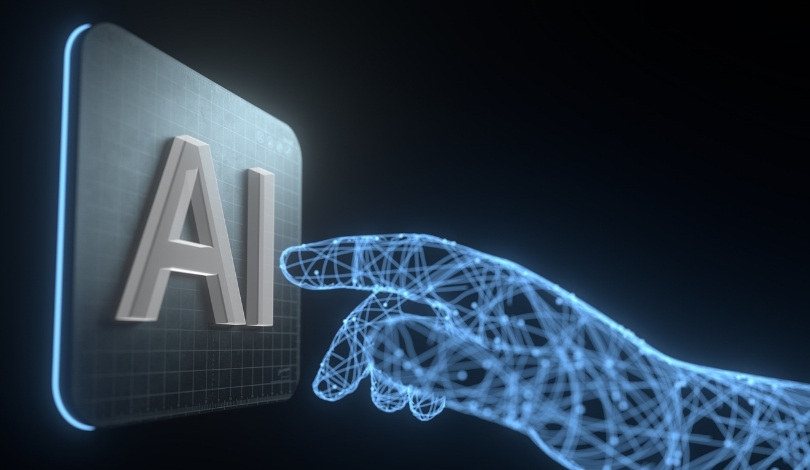Industrial robotics, AI, and their regulatory frameworks are seeing significant movement, as illustrated in the latest discussion with Peter Finn, Managing Director at Brown Gibbons Lang & Company (BGL). Host Steve Crowe and Mike Oitzman, in episode 214 of The Robot Report Podcast, explore key developments, such as the U.S. government’s investigation into medical device, robotics, and industrial machinery imports, and the new IEEE framework for humanoid robot standards. These subjects intersect with challenges around reshoring manufacturing, supply chain reliance, and the complex technical landscape that businesses must navigate. The features of autonomous and humanoid technologies, as well as shifts in startup viability, are shaping how the industry adapts to both market opportunities and regulatory pressures.
Discussions regarding robotics tariffs and standards have trended in the sector over recent years, especially as countries deliberated reshoring and technology sovereignty. Before the IEEE Humanoid Study Group published its framework, the industry lacked unified metrics for classification and human-robot interaction safety. Previous reporting highlighted Guardian Agriculture’s ambitions but also questioned its ability to scale, concerns now confirmed by its recent closure. This context underlines persistent issues surrounding commercialization and funding in robotics, as well as the slow progress toward universally accepted technical standards.
How Do New Robotics Tariffs Affect the Industry?
A national security investigation in the United States is assessing increased tariffs on imported robotics, raising industry concerns about potential impacts on local manufacturing and technology adoption. While AdvaMed emphasized that most U.S. hospital medical products are domestically produced, industrial robots used in American factories are predominantly imports. Industry organizations such as the Association for Advancing Automation (A3) are gathering feedback and preparing official comments. Jeff Burnstein, A3’s president, asked the robotics community:
“If significant new tariffs are imposed on all imported robots, will this impact US efforts to reshore manufacturing?”
These discussions are prompting businesses to reconsider procurement and production strategies in anticipation of possible regulatory changes.
What Standards Framework Did IEEE Humanoid Study Group Establish?
The IEEE Humanoid Study Group released a final framework to guide the development of standards for humanoid robots, addressing classification, stability, and human-robot interaction. The group detailed taxonomy for defining humanoid robots, methods to assess stability and safety, and guidelines for reliable human-robot collaboration. There was debate about what truly constitutes a humanoid robot, reflecting the broad range of designs and applications. The working group expects it will take up to three years to finalize and publish ratified standards.
“It is a heavily debated area, and we have provided a methodology to help clarify definitions and performance expectations,”
the group concluded in its report.
Why Did Guardian Agriculture Cease Operations?
Guardian Agriculture, a startup focused on autonomous crop-spraying drones, ended operations after failing to secure additional capital despite once attracting significant interest. Their SC1 quadcopter, designed for large-scale agricultural spraying, was deployed with just a single paying customer and saw limited commercial traction. Sources indicated the company had only produced eight units by mid-2025, with some in use on California farms. The inability to scale from trials to broader market adoption was a key factor in their closure.
Ongoing industry challenges reflect a wider set of issues discussed by Peter Finn, who highlighted that post-pandemic market dynamics demand even greater adaptability by robotics firms. The rise of physical AI and potential impacts from evolving regulations are expected to shape both startup and established companies. Recent developments, such as IEEE’s efforts and governmental scrutiny, show a trend toward clearer operational definitions and policy structures in robotics and automation. Listeners and industry stakeholders are encouraged to engage with upcoming events like RoboBusiness 2025 and contribute to policy consultations to ensure their views are represented as the industry matures.
As robotics continues its rapid technological progression, the sector faces persistent hurdles with regulatory compliance, standardization, and commercial viability. The push for clear humanoid classification is expected to support safer adoption and integration, while tariff decisions could reshape global supply chains and manufacturing strategies. Stakeholders should pay attention to the progress of standards development and policy outcomes, as these will directly impact investment risk, operational efficiency, and the overall trajectory of industrial robotics and AI ventures.
- IEEE published a framework for standardizing humanoid robots’ safety and classification.
- Guardian Agriculture ended operations due to limited commercialization and funding.
- Imminent U.S. tariffs raise uncertainty for automation and reshoring efforts.










